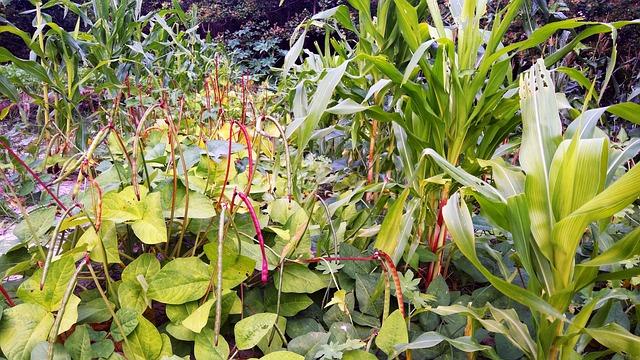The Potential of Agroforestry in Pakistan’s Agricultural Landscape
Agroforestry is a sustainable land management practice that integrates trees and shrubs into agricultural landscapes. In Pakistan, where agriculture plays a crucial role in the economy, the potential of agroforestry is vast. This article explores the benefits, challenges, and practical applications of agroforestry in enhancing the agricultural landscape of Pakistan.
What is Agroforestry?
Agroforestry combines agriculture and forestry practices to create productive and sustainable land systems. It promotes biodiversity, improves soil health, and enhances productivity while providing a source of income for farmers.
The Importance of Agroforestry in Pakistan
Pakistan’s agricultural sector is facing numerous challenges, including soil degradation, water scarcity, and climate change. Agroforestry offers innovative solutions to these pressing issues by:
- Enhancing Soil Fertility: Tree roots can improve soil structure, increase organic matter, and promote microbial activity.
- Water Conservation: Trees help in retaining moisture in the soil and reduce evaporation.
- Diversity in Crop Production: Agroforestry systems enable the cultivation of multiple crops, which diversifies farmers’ income sources.
- Carbon Sequestration: Trees absorb CO2, helping to mitigate climate change impacts.
Benefits of Agroforestry
The incorporation of agroforestry systems in Pakistan offers numerous benefits:
| Benefit | Description |
|---|---|
| Economic Viability | Increases farmers’ income through diverse plant products. |
| Environmental Sustainability | Promotes biodiversity and reduces soil erosion. |
| Improved Microclimate | Provides shade and reduces temperature variations. |
| Food Security | Ensures a steady supply of food through diversified production. |
Practical Tips for Implementing Agroforestry
Farmers in Pakistan interested in adopting agroforestry systems can consider the following practical tips:
- Start Small: Begin with a few trees in existing crop fields.
- Select Compatible Species: Choose tree and crop species that complement each other.
- Consult Experts: Work with agricultural experts to design effective systems.
- Monitor and Adapt: Regularly assess the performance of the agroforestry system and make improvements based on observations.
Case Studies: Successful Agroforestry Projects in Pakistan
Several successful agroforestry initiatives are taking root across the country. Here are a few notable projects:
- The Sindh Forest Department: Initiated a program promoting the cultivation of indigenous tree species alongside traditional crops, resulting in increased income and improved environmental conditions.
- The Punjab Agroforestry Initiative: A government-led project aimed at integrating agroforestry practices in the Punjab region to enhance food security and sustainability.
First-Hand Experience
Many farmers have shared positive experiences regarding agroforestry. For instance, a farmer in Khyber Pakhtunkhwa integrated mango trees with cereal crops and reported:
“The trees provided shade, improved soil health, and allowed me to harvest fruits alongside my regular crops. My income has almost doubled since I made this shift.”
Conclusion
Agroforestry presents a promising opportunity to transform Pakistan’s agricultural landscape. By integrating trees into farming systems, farmers can achieve improved sustainability, increased income, and environmental benefits. With proper support, education, and implementation, agroforestry can play a crucial role in addressing the agricultural challenges faced by Pakistan today.



